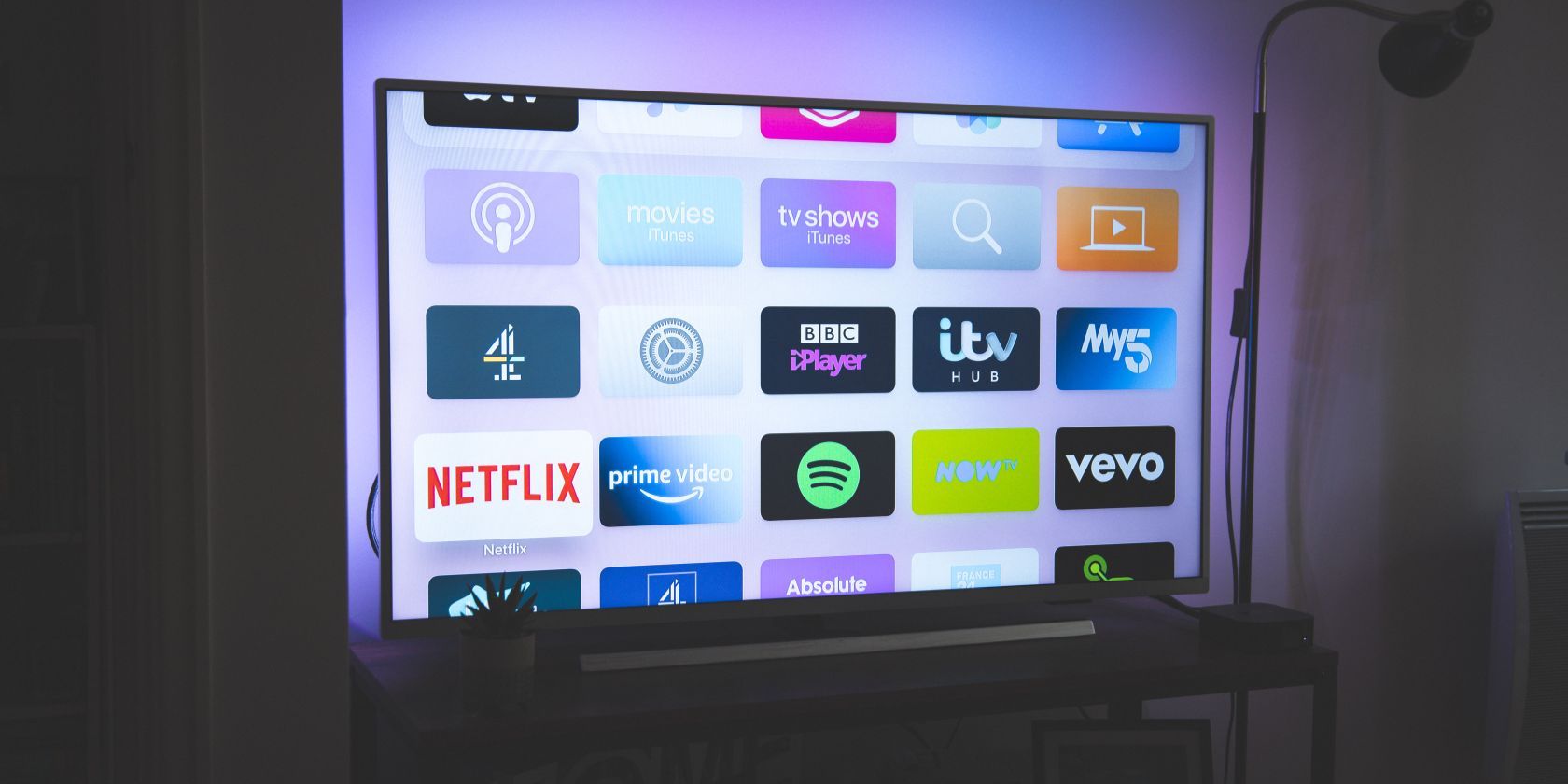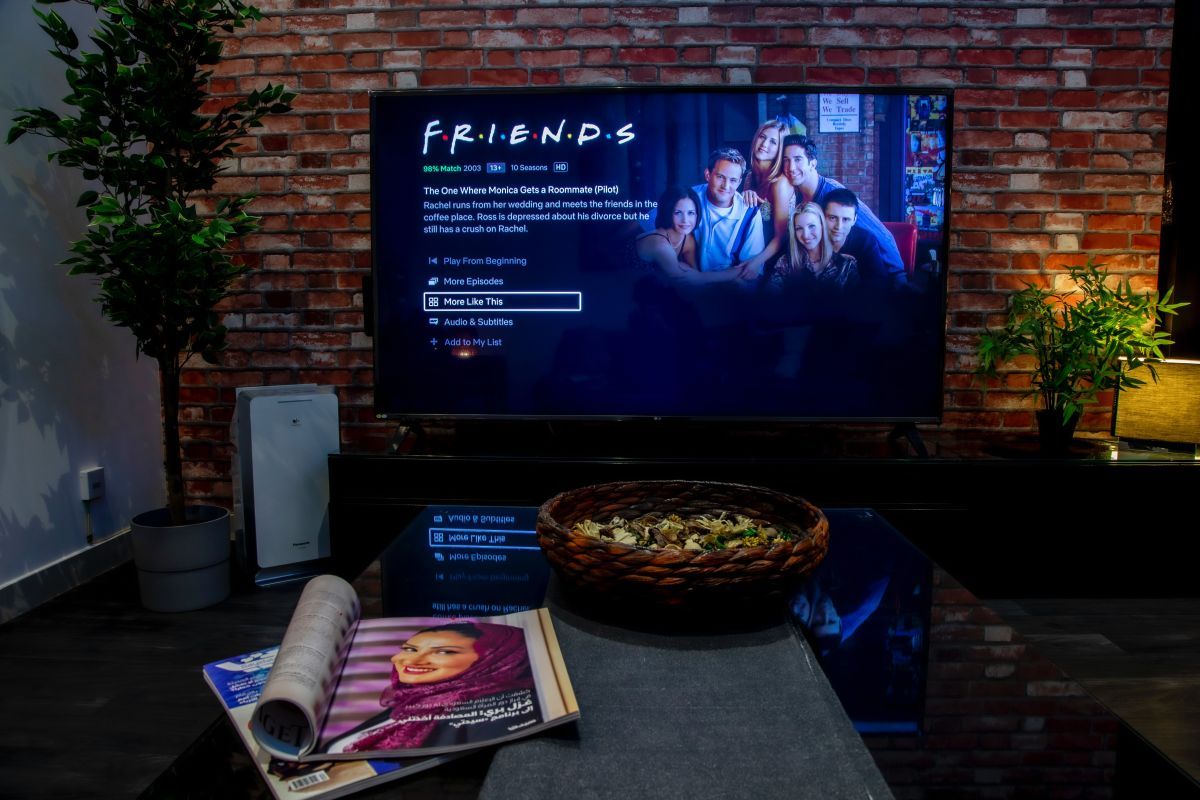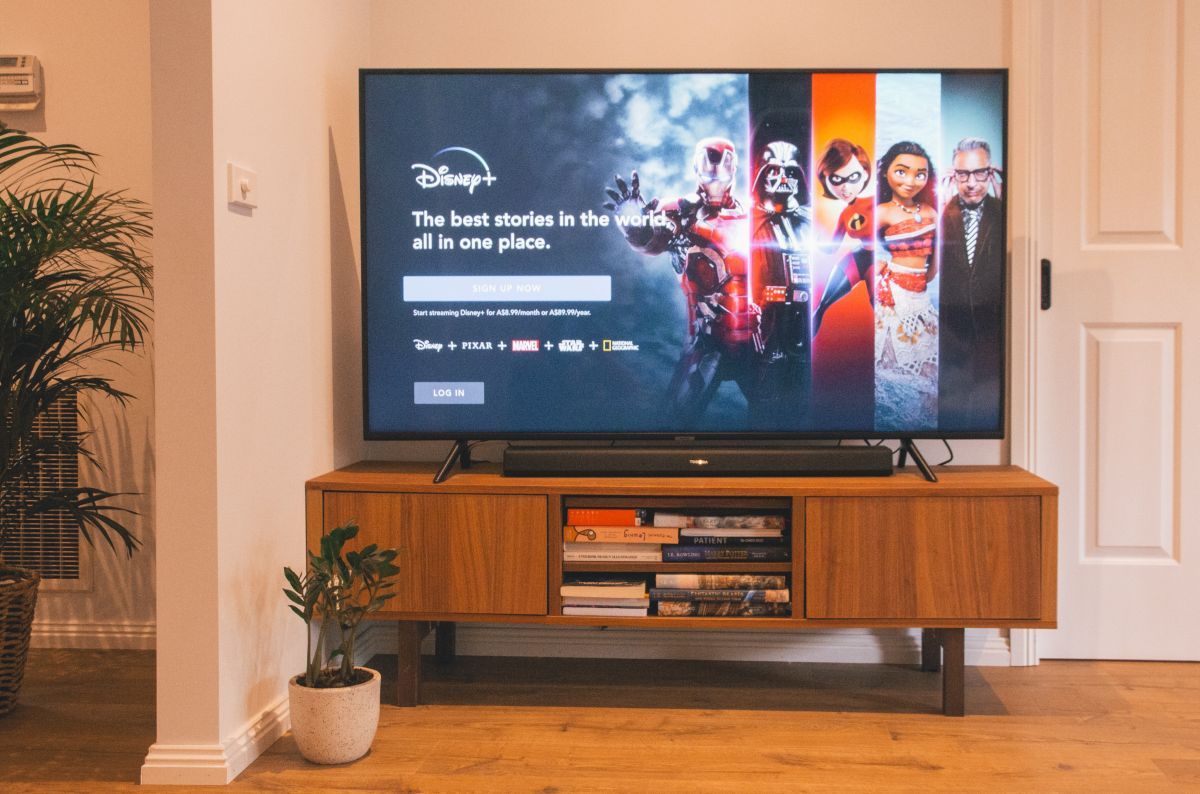More and more streaming services are being launched as traditional media conglomerates expand into this area. While we'd see these networks sent their content over to Netflix or Hulu a few years ago, things are exponentially more complicated now.
Whether having so many streaming services is a good or a bad idea is debatable, as there are definitely pros and cons. Thankfully, there are ways to take control of the situation so that you're not overwhelmed with the number of streaming services available.
What's Happening With the Media Streaming Industry?
Big networks figured out that online programming consumption is the way to go in today's world. Having the ability to go online and watch the latest episodes of your favorite show at any time from anywhere is fabulous. Also, binge-watching entire seasons in one go is what we all dreamed of a couple of decades ago.
Having all these platforms, however, has become tiring and confusing. In fact, recent studies indicate that viewers are getting increasingly overwhelmed.
A study by Interpret states that 20% of viewers feel like they have too many streaming service subscriptions. Another study by Nielsen states that viewers feel overwhelmed with all the available content. As of February 2022, Nielsen counted over 817,000 unique titles via streaming services, which is 171,000 more than we had at the end of 2019.
Some years ago, the likes of CBS, NBC, Paramount Pictures, Disney, MGM, and others simply licensed out their content to Netflix or Hulu, or maybe HBO, as these were the available options.
Now, they each have their own platform. CBS and NBC push their content to Paramount+ and Peacock, respectively. Likewise, Disney+ features shows from National Geographic, Pixar, Marvel, and Star Wars. Even Amazon purchased MGM in March 2022 in hopes of featuring new content on Amazon Prime Video.
The Good Thing About Having Too Many Streaming Services
One of the benefits of having so many streaming services is that competition among these platforms is fierce, as they're all trying to lure us in.
One way to do this is to license titles we all love, especially blockbusters and shows that are extremely popular. Another way is to create quality content that speaks for itself. A report by Ampere Analysis shows that streaming platforms spent about $220 billion on content in 2021. Obviously, not all shows and movies will be a success, but the more content platforms produce, the bigger the chance of releasing the next hit.
With so many platforms competing for our subscription money, we also hope to see better services. We're talking about high-quality streams, quicker load times, and improved features. If a service fails to load quickly, buffers constantly, or has poor parental controls and security, it will get pushed to the end of the streaming train.
The Bad Thing About Having Too Many Streaming Services
One of the biggest issues we have with having so many streaming services is market segmentation. While it's easy to understand why these companies seek to get a bite out of the huge opportunity that having a streaming platform presents, subscribing to so many services is overwhelming.
Not only is it annoying for users to remember where their favorite show was up, but it's also expensive.
If you were to subscribe to Netflix (Standard plan), get the Disney bundle featuring Hulu, plus subscribe HBO Max, Peacock, Paramount+, Discovery+, AppleTV+, and Amazon Prime Video, you'd pay over $85 each month. Of course, you can make other adjustments by watching content with ads or enjoying fewer perks. But either way, it's a lot of money, especially if you're not using all the streaming services you're subscribed to.
Tips to Start Managing Your Streaming Services
We understand the desire to access as much content as possible, but we think that some ground rules need to be instilled here. Here's our advice for managing the sheer volume of streaming services available to you:
- Consider how much free time you have to stream shows and movies—the less free time, the fewer platforms you should pay for. Resist the temptation to sign up for all the streaming services on the market.
- Set up a monthly budget that you are willing to spend on streaming services and stick to it, regardless if you have to cancel one plan to get another in its place.
- If you love shows traditional TV networks broadcast, make a note of what channels they're on and check to see which platform features content from those sources.
- Think about whether you have the patience to sit through ads. Ad-supported plans are cheaper, so you could end up with a lower monthly tally.
- If you have kids, consider which service comes with a ton of great content for your child's age group. You should also consider the parental control features the platform offers.
- Take advantage of the streaming services that offer free trials, but don't sign up for all at once. Take note of how long you actually spend watching content during your trial and whether there are other shows and movies you want to watch once you're done.
- If the show you like has a new season available, consider subscribing to the streaming platform until you finish that season. After you're done, you can cancel your subscription and subscribe again once the show releases a new season.
All these tips will require you to be more aware of your subscriptions, which can be a hassle. But it can save you a lot of money. Plus, you can use an app to track your subscriptions, so it's easier for you.
Just remember that streaming services are not like Pokemon cards, so you haven't gotta collect 'em all.
The Good and the Bad of Having Too Many Options
While it's great that we can access so many streaming services, we do miss the simpler times when our favorite shows and movies were all in a couple of places.
Picking the best streaming services for you can be difficult, but with so many options going after your hard-earned money, paring down is necessary at this point.





